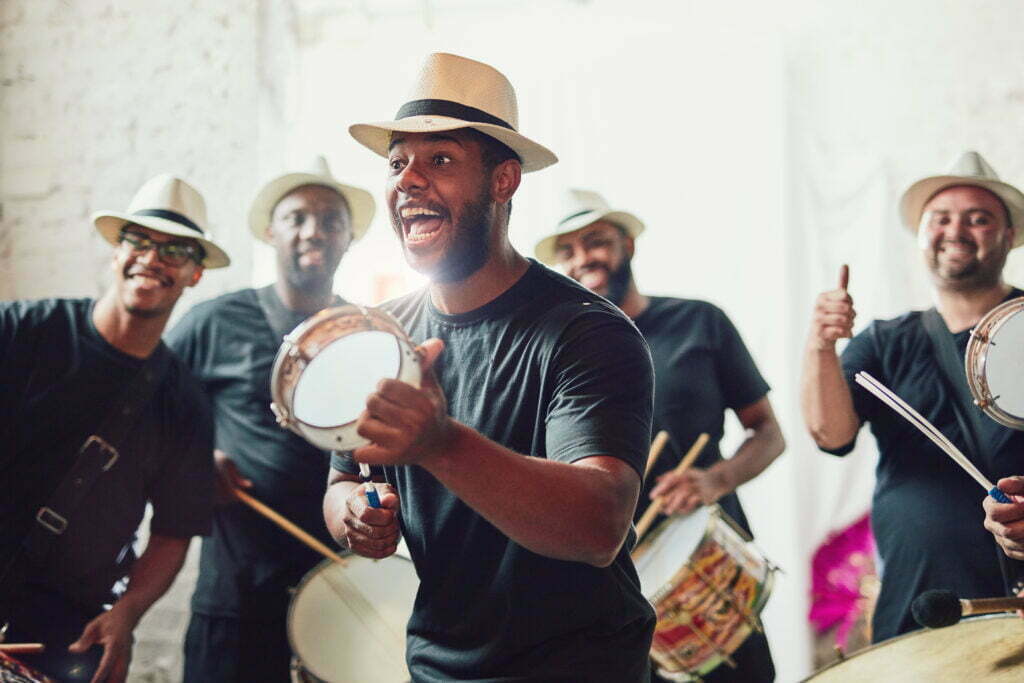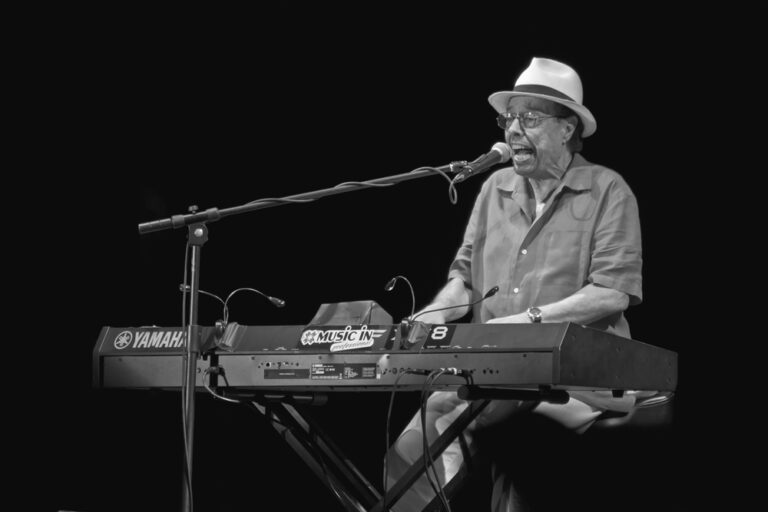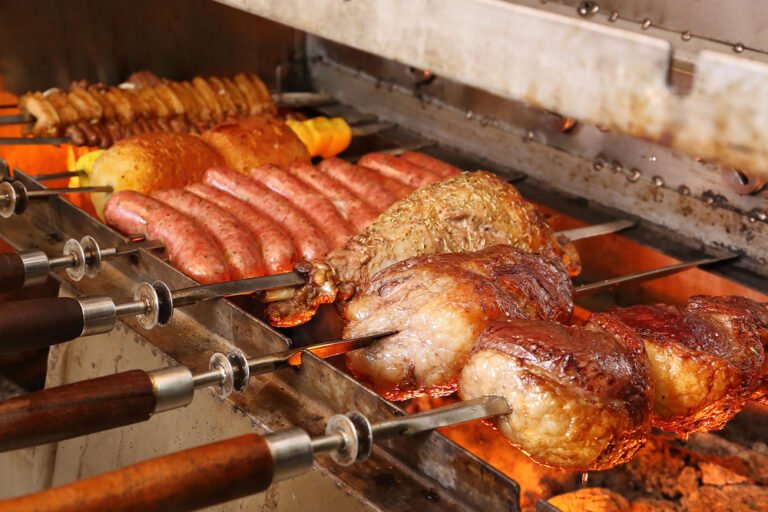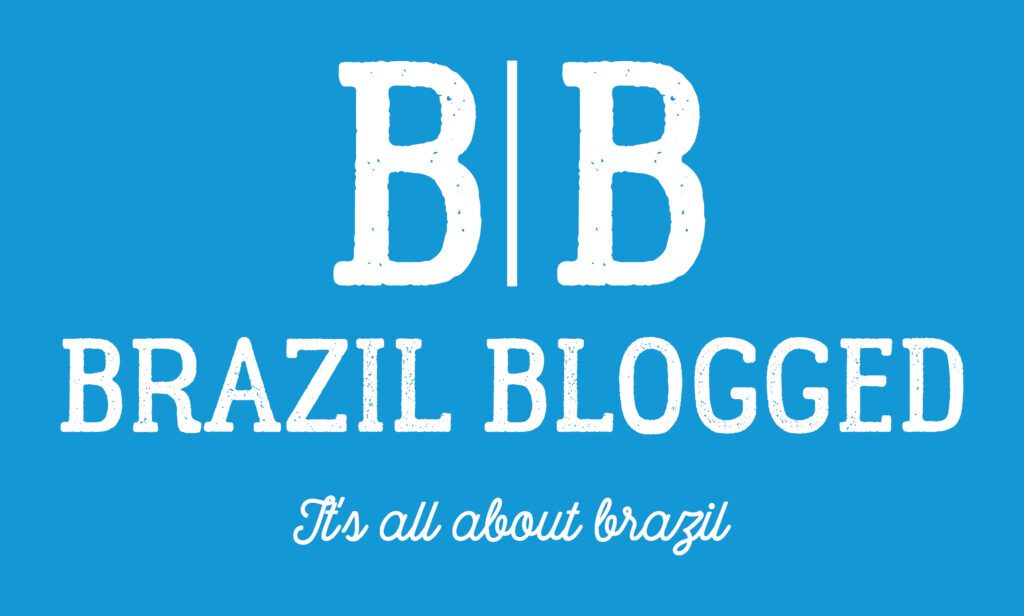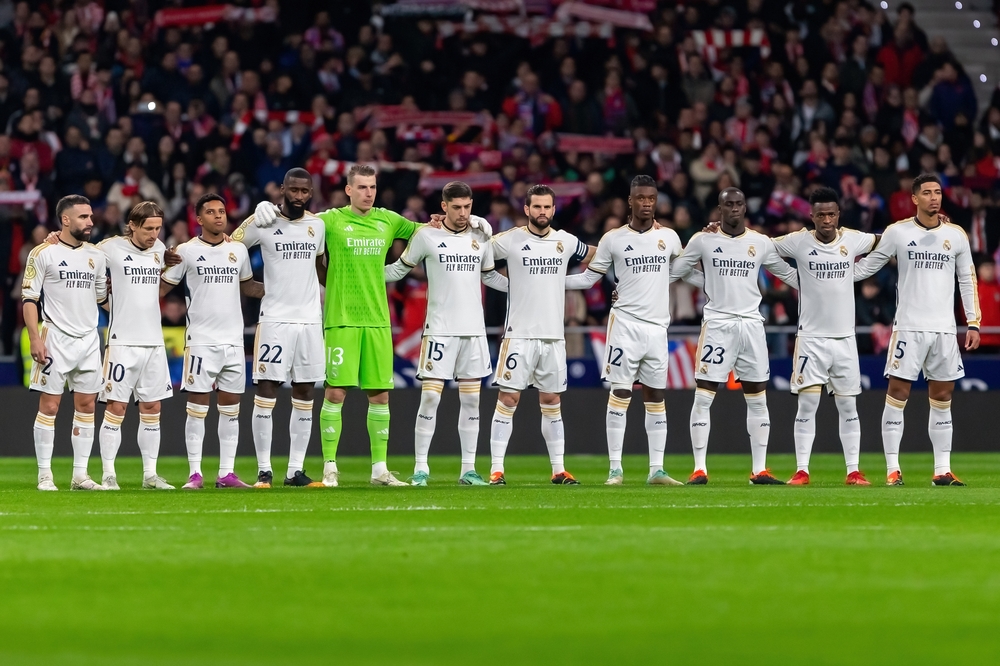Brazil is a country rich in cultural heritage and diversity, with a vibrant music scene that has captivated audiences around the world for decades. From the lively rhythms of samba to the smooth melodies of bossa nova, Brazilian music has a unique sound that reflects the country’s rich history and multicultural roots.
In this blog post, we will explore the origins and evolution of various musical styles in Brazil, including samba, bossa nova, forró, choro, and MPB (Brazilian Popular Music), highlighting some of the most influential artists and their contributions to Brazilian culture.
Table of Content
ToggleSamba
Samba is one of Brazil’s most well-known and beloved musical styles, with its roots in the African rhythms brought to Brazil by enslaved people. It originated in the late 19th century in the Afro-Brazilian communities of Rio de Janeiro and has since become the symbol of Brazilian music and dance.
Samba is characterized by its fast-paced beat, with syncopated rhythms and complex percussion arrangements, including instruments like the tamborim, pandeiro, and cuíca. The lyrics of samba songs often reflect the daily struggles and joys of working-class Brazilians, with themes such as love, poverty, and social justice.
One of the most famous samba schools in Brazil is Mangueira, founded in 1928 and known for its vibrant costumes, elaborate parades, and powerful music. Other notable samba artists include Cartola, Noel Rosa, Clara Nunes, and Zeca Pagodinho.
Bossa Nova
Bossa Nova is a more refined and sophisticated style of music that emerged in the late 1950s and early 1960s, born out of a fusion of samba, jazz, and other genres. It is characterized by its smooth melodies, subtle harmonies, and understated rhythms, often featuring a single guitar and a singer.
Bossa Nova’s popularity grew rapidly in Brazil and then worldwide, with its international fame boosted by the success of artists like João Gilberto, Tom Jobim, and Stan Getz. Its sound became synonymous with the laid-back, beach culture of Rio de Janeiro, and it continues to influence musicians around the world to this day.
Forró
Forró is a lively and energetic style of music that originated in the Northeastern region of Brazil in the early 20th century. It is characterized by its fast-paced rhythms and the use of instruments such as the accordion, triangle, and zabumba.
Forró’s popularity has grown beyond its Northeastern roots, becoming a popular dance and music style throughout Brazil. Artists like Luiz Gonzaga and Dominguinhos helped popularize forró in Brazil and beyond, and the style continues to evolve and adapt to modern trends.
Choro
Choro is an instrumental music style that emerged in the late 19th century in Rio de Janeiro, blending elements of African rhythms, European classical music, and Brazilian folk music. It is characterized by its intricate melodies, virtuosic instrumental performances, and improvisation.
Choro has been described as the “mother of Brazilian popular music” and has influenced numerous other styles, including samba, bossa nova, and MPB. Notable choro artists include Pixinguinha, Jacob do Bandolim, and Waldir Azevedo.
MPB
MPB (Brazilian Popular Music) is a broad term that encompasses a range of styles and genres that emerged in Brazil in the 1960s and 1970s. It is characterized by its fusion of various musical influences, including rock, jazz, and traditional Brazilian music.
MPB has been a platform for social and political commentary, often addressing themes such as poverty, inequality, and cultural identity. Artists like Caetano Veloso, Gilberto Gil, and Chico Buarque have been influential in shaping the MPB genre and continue to be celebrated as some of Brazil’s greatest artists. Other Musical Styles in Brazil In addition to the styles mentioned above, there are numerous other musical genres and sub-genres in Brazil, reflecting the country’s rich cultural and regional diversity. Some examples include:
Maracatu: A rhythmic and percussive style of music and dance that originated in the Northeastern state of Pernambuco and is often associated with Afro-Brazilian traditions.
Frevo: A lively and fast-paced style of music and dance that originated in Recife, Pernambuco, and is known for its energetic brass and percussion arrangements.
Funk Carioca: A style of electronic dance music that originated in Rio de Janeiro in the 1990s and is characterized by its fast-paced beat, catchy hooks, and socially conscious lyrics.
Axé: A style of music that originated in the state of Bahia in the 1980s, blending elements of samba, reggae, and other genres. It is often associated with carnival and other festive occasions.
International Fame and Influence
Brazilian music has had a significant impact on the global music scene, influencing artists and musicians around the world. From the popularity of samba and bossa nova in the 1960s to the continued influence of Brazilian styles in modern music, Brazilian music has left its mark on the world stage.
In the 1960s, bossa nova artists like João Gilberto and Tom Jobim achieved international fame, with their music being embraced by audiences in the United States and Europe. Bossa nova’s popularity helped to establish Brazil’s reputation as a cultural and musical powerhouse and paved the way for future generations of Brazilian artists.
Timeline and Development of Brazilian Music
Brazilian music has a rich history that spans centuries, beginning with the indigenous music of the country’s native tribes. With the arrival of Portuguese colonizers in the 16th century, European music styles were introduced to Brazil, and African rhythms and melodies were brought over with the transatlantic slave trade.
Throughout the 19th and 20th centuries, Brazil’s musical styles continued to evolve and adapt to changing cultural and social contexts. The rise of the radio and the recording industry in the early 20th century helped spread Brazilian music to a wider audience, and the influence of international styles like jazz and rock became increasingly evident in Brazilian music.
In the 1950s and 1960s, a new generation of Brazilian artists began to experiment with fusion and hybridization, blending traditional Brazilian styles with jazz, rock, and other genres. This led to the emergence of bossa nova and MPB, which helped elevate Brazilian music to international fame and cemented its reputation as one of the world’s most vibrant and diverse music scenes.
Characteristics of Brazilian Music
One of the most distinctive features of Brazilian music is its rhythmic complexity and diversity. Many Brazilian musical styles, including samba, forró, and choro, are characterized by syncopated rhythms and intricate percussion arrangements that create a lively and dynamic sound.
Another hallmark of Brazilian music is its emphasis on melody and harmony, with many songs featuring rich and intricate melodies and harmonies that reflect Brazil’s multicultural roots. Brazilian music is also known for its fusion of various musical styles and influences, with many artists drawing on jazz, rock, and other genres to create new and innovative sounds.
Instruments Used in Brazilian Music
Brazilian music is known for its wide range of instruments, many of which are unique to the country’s musical traditions. Some of the most common instruments used in Brazilian music include:
Guitar: The guitar is a staple of many Brazilian musical styles, including bossa nova and MPB. The nylon-stringed acoustic guitar is often used to create intricate and melodic accompaniments.
Percussion: Brazilian percussion instruments, including the tamborim, pandeiro, and cuíca, are essential to the sound of many Brazilian musical styles. These instruments are often used to create complex and rhythmic percussion arrangements that drive the music forward.
Accordion: The accordion is a key instrument in forró, a popular Brazilian dance style that originated in the Northeastern region of the country. The accordion is often used to create fast and lively melodies that accompany the dance.
Cavaquinho: The cavaquinho is a small, four-stringed instrument that is commonly used in samba and choro music. It is known for its bright and lively sound, and is often used to play intricate and melodic solos.
Regions and Known Representatives of Brazilian Music
Brazil’s rich musical traditions vary widely from region to region, reflecting the country’s diverse cultural and ethnic makeup. Some of the most well-known regions and their respective musical styles include:
Rio de Janeiro: The city of Rio de Janeiro is known as the birthplace of samba, and remains a hub of musical activity to this day. Famous artists from Rio de Janeiro include João Gilberto, Tom Jobim, and Zeca Pagodinho.
Northeastern Region: The Northeastern region of Brazil is known for its rich Afro-Brazilian cultural heritage, which is reflected in its music. Some of the most popular musical styles from this region include forró, maracatu, and frevo. Famous artists from this region include Luiz Gonzaga, Gilberto Gil, and Alceu Valença.
Bahia: Bahia is another region with a strong Afro-Brazilian influence, and is known for its vibrant and energetic music. Some of the most popular musical styles from Bahia include axé and samba-reggae. Famous artists from this region include Caetano Veloso, Daniela Mercury, and Carlinhos Brown.
São Paulo: São Paulo is the largest city in Brazil, and is known for its diverse cultural scene. The city has produced a wide range of musical styles, including samba, MPB, and funk. Famous artists from São Paulo include Elis Regina, Adoniran Barbosa, and Emicida.
- Minas Gerais: The state of Minas Gerais is known for its rich folk music traditions, which incorporate elements of African, European, and indigenous music. Some of the most popular musical styles from Minas Gerais include the lundu and the cateretê. Famous artists from this region include Milton Nascimento, Toninho Horta, and Beto Guedes.
International Famous and Known Representatives
Brazilian music has gained international fame and recognition through the work of countless talented artists over the years. Some of the most well-known Brazilian musicians and performers include:
Antonio Carlos Jobim: Known as the “father of bossa nova,” Jobim was a pianist, composer, and arranger who played a key role in popularizing the genre around the world.
Gilberto Gil: A singer, songwriter, and guitarist, Gil is known for blending traditional Brazilian music with rock and reggae influences. He has won multiple Grammy Awards and is considered one of the most important figures in Brazilian music.
Elis Regina: A powerful vocalist and interpreter, Regina was a key figure in the MPB movement of the 1960s and 1970s. Her distinctive voice and passionate performances earned her a devoted following both in Brazil and abroad.
Caetano Veloso: A singer, songwriter, and political activist, Veloso is known for his eclectic musical style and innovative approach to songwriting. He has won multiple Grammy Awards and is considered one of the most important voices in Brazilian music.
Ivete Sangalo: A singer and performer, Sangalo is known for her energetic stage presence and her role in popularizing the axé genre. She has won multiple Latin Grammy Awards and has become one of Brazil’s most beloved musical icons.
Conclusion Brazilian music is a testament to the country’s rich cultural heritage and its diverse and multicultural roots. From the rhythms of samba to the smooth melodies of bossa nova, Brazil has produced a wealth of musical styles and genres that have captivated audiences around the world.
The country’s music reflects the unique blend of African, European, and indigenous cultures that make up its people, and has become an important cultural and artistic legacy. The famous artists and musicians mentioned above are just a few examples of the many talented performers who have contributed to Brazil’s vibrant and dynamic music scene.
Whether you are a fan of samba, bossa nova, or any other Brazilian music style, there is no denying the enduring appeal and impact of this rich musical tradition.

